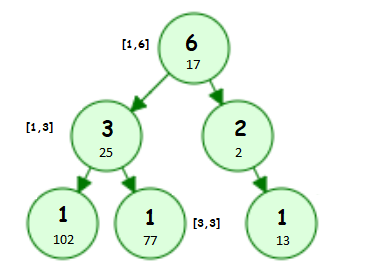I think you have already a good idea with AVL trees.
To improve the data structure, you should keep track of the size of each subtree (and discard indices, they are not really useful here).
In details, a node $x$ of the tree should have the following information:
- value;
- size;
- height;
- pointer to the left child;
- pointer to the right child.
There is no key in there, since those trees are not binary search trees, but the values are ordered by increasing indices when considering the in-order (like the keys in a BST). However, since the indices may change during the process, as you have stated, there is no use in storing those.
Peeking is the easiest algorithm:
define a.peek(i):
s ← a.left.size
if s = i then return a.value
if s > i then return a.left.peek(i)
return a.right.peek(i - s - 1)
To insert an element at position $i$, we search the position the same way as the peeking is done and continue in the left or right child (eventually with the node it replaces). All size and heigths or ancestors must be modified and some rotations may be necessary to keep the balance of each node.
define a.insert(i, v):
if a is empty then
a.value ← v
a.size ← 1
a.height ← 0
a.left ← empty
a.right ← empty
return
s ← a.left.size
if s = i then
if a.left.height < a.right.height then
a.left.insert(i, v)
else
a.right.insert(0, a.value)
a.value ← v
a.size ← a.size + 1
a.height ← 1 + max(a.left.height, a.right.height)
else if s > i then
a.left.insert(i, v)
a.size ← a.size + 1
a.height ← 1 + max(a.left.height, a.right.height)
if a.left.height > a.right.height + 1 then
do a right rotation
else
//similar insertion in the right child
When deleting a node, it need to be replaced. The easiest way to do it is to use a node in the child of greatest height, either the rightmost node in the left child or the leftmost node in the right child. Implementation left to you.
All those operations have time complexity linear in the height of the tree, which is logarithmic in the size, given that the balance is keeped.




